The construction of wind parks under the Engineering, Procurement, and Construction (EPC) model presents a complex array of challenges. This complexity is heightened by the critical need to adhere to Health, Safety, and Environment (HSE) standards. In this intricate setting, the Owner’s Engineer plays a pivotal role in ensuring project success, navigating through the multifaceted aspects of wind park construction.
The Complexity of Wind Park EPC Construction
– Project Scope: EPC contracts for wind parks cover the entire process from design and procurement to construction and commissioning.
– Technical Challenges: The construction of wind parks involves unique technical challenges, including the installation of large turbines and the integration of renewable energy into existing power grids.
HSE in Wind Park Construction
– Health and Safety: The construction process involves significant risks, particularly in the installation of turbines, requiring stringent health and safety protocols.
– Environmental Impact: Wind parks, though eco-friendly, must be constructed with minimal environmental disruption, adhering to strict environmental standards.
The Role of the Owner’s Engineer in EPC Projects
– Technical Expertise and Oversight: The Owner’s Engineer brings technical know-how, overseeing the entire EPC process to ensure that the wind park is constructed according to the specified standards and design.
– Advocate for Quality and Compliance: They ensure that all aspects of the project comply with HSE standards and other regulatory requirements.
Navigating the Challenges
– Site-Specific Complexities: Addressing the unique challenges posed by each site, including terrain, wind conditions, and accessibility.
– Coordination of Stakeholders: Managing the coordination between various stakeholders, including contractors, suppliers, and regulatory bodies.
The Owner’s Engineer in HSE Management
– Risk Assessment and Mitigation: Conducting thorough risk assessments and developing strategies to mitigate health, safety, and environmental risks.
– Monitoring and Compliance: Ensuring ongoing monitoring of HSE standards throughout the construction process.
Case Studies: Wind Park EPC Projects
– Successful Implementations: Exploring instances where the Owner’s Engineer’s expertise in EPC projects led to the successful construction of wind parks with high HSE compliance.
– Challenges Overcome: Analyzing projects that faced significant challenges and how they were navigated through effective management and engineering solutions.
Future Trends in Wind Park Construction
– Technological Innovations: The role of emerging technologies in enhancing efficiency and safety in wind park construction.
– Sustainability Focus: The increasing emphasis on sustainable construction practices in the renewable energy sector.
The construction of wind parks under the EPC model, while complex, is made more manageable and successful through the expertise and guidance of the Owner’s Engineer. Their role in ensuring adherence to HSE standards and project specifications is invaluable. As the demand for renewable energy grows, the expertise of the Owner’s Engineer in navigating the multifaceted challenges of wind park construction becomes increasingly crucial, driving the industry towards a sustainable and safe future.
